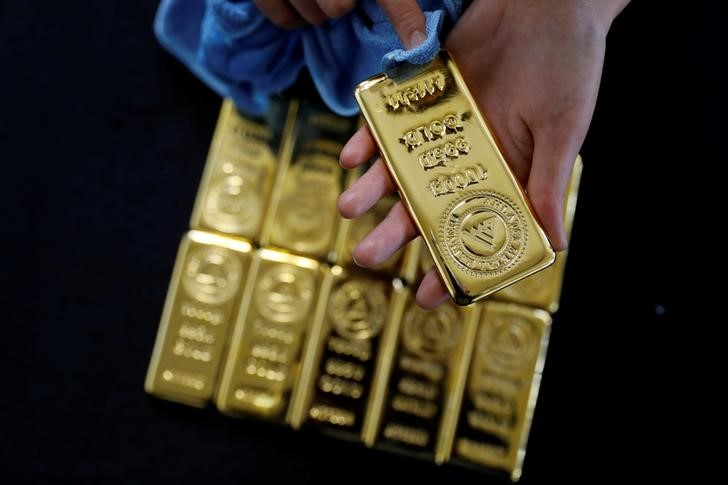The gold price remains higher than , maintaining a 29% increase since the beginning of the year. Analysts expect gold to continue to post gains through 2025. Central banks are expected to continue their gold accumulation while diversifying their reserves.
The latest data from the International Monetary Fund shows that October saw the highest level of net gold purchases by global central banks this year.
The agency’s historical pattern of under-reporting gold purchases has led to a revised forecast that the official sector will acquire 982 tonnes of gold this year, up from the previous forecast of 900 tonnes.
While this figure is below the purchasing levels of the past two years, it is a marked increase from the annual average of around 500 tonnes since 2011. This strong buying momentum is forecast to continue, driven by de-dollarization efforts, with the central banks It is expected that at least another 900 tons will be purchased in 2025.
Demand for gold as a portfolio hedge is expected to grow amid ongoing geopolitical uncertainties, such as the conflict between Russia and Ukraine and tensions in the Middle East. This environment is likely to drive investor demand for hedges, further increasing inflows into gold exchange-traded funds.
Interest rate dynamics will also strengthen gold’s appeal. The Federal Reserve is expected to cut rates by 25 basis points on Wednesday, with further easing expected in the coming year. Lower interest rates reduce the opportunity cost of holding non-interest-bearing assets such as gold.
Moreover, an expected weakening of the US dollar over the medium term, due to lower interest rates and concerns about the US government’s debt trajectory, should further support gold prices. A weaker US dollar makes gold more affordable for investors using other currencies, increasing demand.
Analysts maintain a bullish stance on gold over the next twelve months, predicting the price of the precious metal to reach $2,900 per ounce by the end of next year. They suggest a 5% allocation within a USD-based balanced portfolio to serve as diversification.
Looking beyond gold, there is also optimism about the long-term opportunities in and other transition metals, as demand is expected to rise due to increasing investments in energy generation, storage and electric transportation.
This article was produced with the support of AI and reviewed by an editor. For more information see our General Terms and Conditions.


